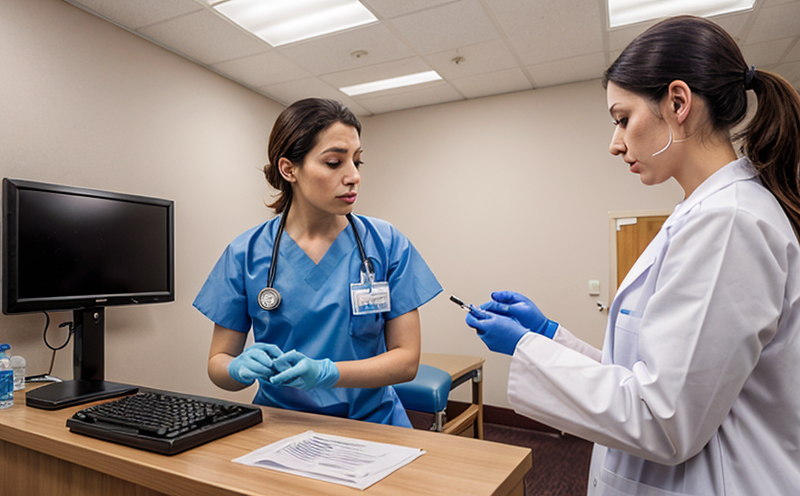Chloramphenicol Residue Testing in Seafood
Chloramphenicol is a broad-spectrum antibiotic that has been banned in many countries due to its potential adverse effects on human health. Its use in seafood can lead to serious health risks, including aplastic anemia and agranulocytosis.
The detection of chloramphenicol residues in seafood is critical for ensuring food safety and compliance with international standards such as the Codex Alimentarius and the World Health Organization's guidelines. This service provides comprehensive testing solutions to help our clients ensure they meet regulatory requirements, protect public health, and maintain consumer confidence.
Our laboratory utilizes advanced analytical techniques like Liquid Chromatography-Mass Spectrometry (LC-MS/MS) for precise quantification of chloramphenicol residues in various seafood species. This method offers high sensitivity and specificity, enabling us to detect even trace amounts of the antibiotic, ensuring accurate results.
The testing process involves several key steps. Initially, a representative sample is collected from the intended batch or lot. Once received at our laboratory, the sample undergoes rigorous quality control checks before undergoing extraction procedures tailored for different seafood types. After extraction, the samples are analyzed using LC-MS/MS to measure chloramphenicol levels.
Our proficiency in this area has earned us a reputation as a leading provider of reliable and accurate chloramphenicol residue testing services within the clinical & healthcare sector. With our expertise, we help ensure that seafood products entering the market are safe for consumption while adhering to stringent international standards.
Why It Matters
The presence of chloramphenicol in food items is a significant concern because it can have severe health impacts on consumers. Even small amounts ingested through seafood can lead to serious medical conditions, making residue detection crucial for maintaining public health.
- Ensures compliance with international standards like Codex Alimentarius and WHO guidelines
- Aids in protecting consumer health by preventing the consumption of contaminated products
- Safeguards reputation and trust between businesses and their customers
In today’s highly regulated global market, meeting these stringent requirements is essential for any seafood supplier or processor. By partnering with us, you can rest assured that your products are being tested accurately and efficiently.
Scope and Methodology
| Sample Type | Methodology |
|---|---|
| Fresh, frozen, or processed seafood samples | Liquid Chromatography-Mass Spectrometry (LC-MS/MS) |
The testing process begins with the collection of a representative sample from the intended batch or lot. Upon arrival at our laboratory, each sample undergoes rigorous quality control checks followed by extraction procedures specific to different seafood types. These methods ensure that all components are properly extracted for analysis.
After extraction, the samples are analyzed using LC-MS/MS which provides high sensitivity and specificity allowing us to detect even trace amounts of chloramphenicol. This ensures accurate quantification and reliable results.
Benefits
- Accurate detection of chloramphenicol residues at very low levels
- Comprehensive testing solutions tailored for various seafood types
- Compliance with international standards such as Codex Alimentarius and WHO guidelines
- Enhanced reputation and trust between businesses and their customers
The benefits of this service extend beyond just compliance; they also contribute to improved public health outcomes. By ensuring that seafood products are free from chloramphenicol residues, we help safeguard the health of consumers worldwide.





